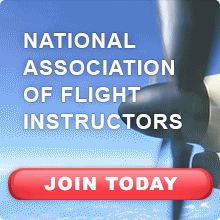| NAFI NOTAMs #35 |
Improbability and the Beginning of Instructional Wisdom~Guest Blogger Thomas P. Turner
The learner (to use the modern term) was doing a great job and I was pretty certain he’d solo in the next hour or so. So after a little air work we were now on left downwind for Runway 18. No one else was in the pattern and Unicom was quiet. Somewhere about midfield my student pulled back a little on the yoke, then began easing the nose down—probably involuntary movements in response to an unusual situation, first a tensing up and then an attempt to correct for what he saw. For the airspeed indicator was reading low, and although we continued more or less level on downwind the needle spun slowly past the bottom of the green arc, then the bottom of the white arc, and then almost vertically as if the airplane was sitting on the ramp. My student said something in the neighborhood of, “Well, darn,” and looked directly at me, calling on all the judgment and experience I’d amassed in my lofty 300 hours’ total time. “What do we do?” his wide eyes exclaimed. |

 Like a lot of pilots of my generation, my flying career started in the right seat of a Cessna 152 at a quiet, rural airport. I was the instructor in a one-person flying service in central Missouri. One early summer evening, as the wind calmed down, the shadows grew and the skies turned golden with the setting sun, I was in my happy place with a pre-solo student in the Cessna’s left seat. Of the flying school’s two 152s we had drawn the red-striped N46123 – “flying is easy as 1-2-3,” I quipped in the sales pitch on demo flights. The registration N46123 is now painted on a Boeing 737-800, but back then the designation belonged to the beginning of pilots’ dreams, not their career destination.
Like a lot of pilots of my generation, my flying career started in the right seat of a Cessna 152 at a quiet, rural airport. I was the instructor in a one-person flying service in central Missouri. One early summer evening, as the wind calmed down, the shadows grew and the skies turned golden with the setting sun, I was in my happy place with a pre-solo student in the Cessna’s left seat. Of the flying school’s two 152s we had drawn the red-striped N46123 – “flying is easy as 1-2-3,” I quipped in the sales pitch on demo flights. The registration N46123 is now painted on a Boeing 737-800, but back then the designation belonged to the beginning of pilots’ dreams, not their career destination. This year, several airlines are experiencing
This year, several airlines are experiencing 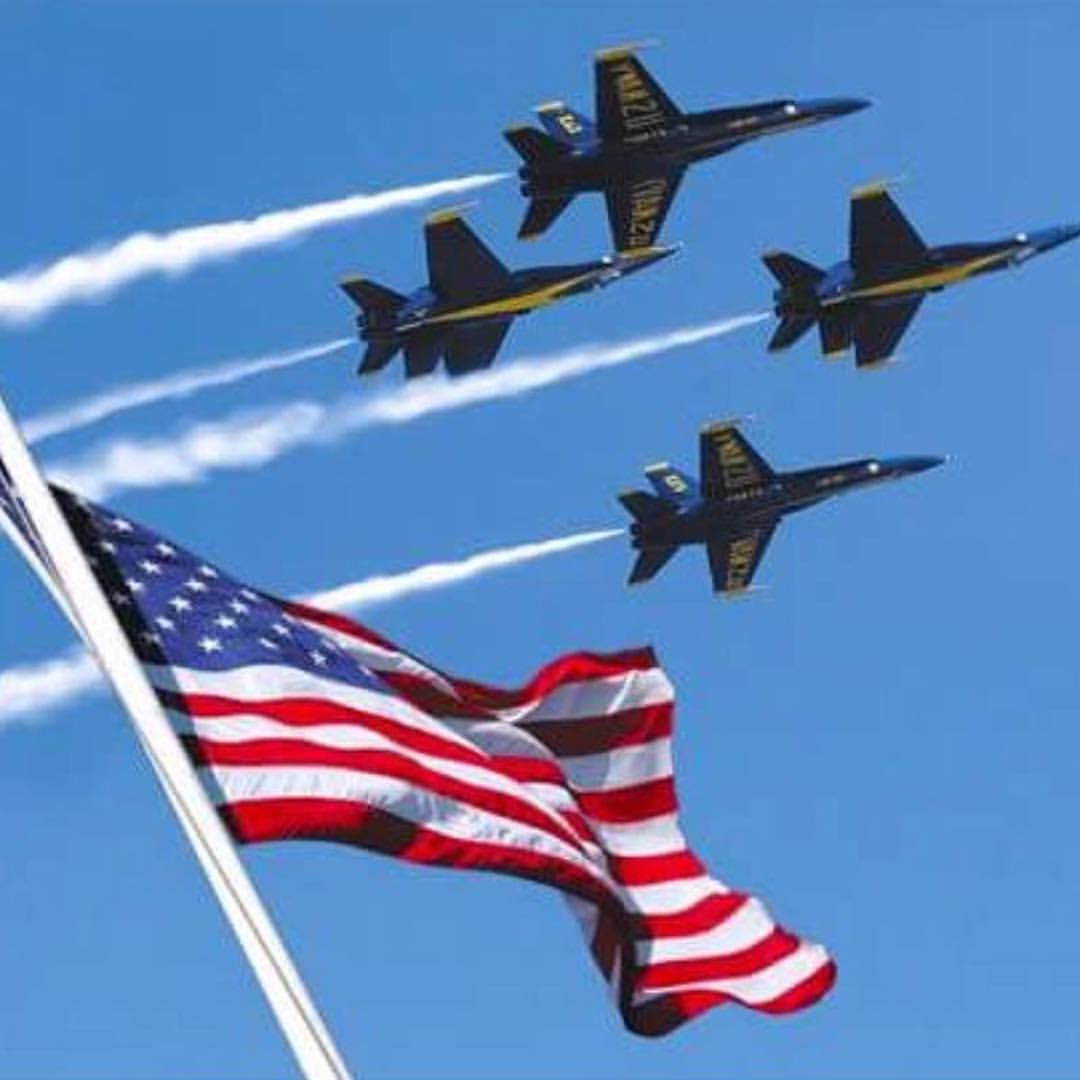 A co-worker of mine has always been interested to see what it was like to fly an airplane. A few days ago, I took him up for about an hour so he could have that experience. As with any introductory flight, I ensured that the ride would be on a nice day with little or no turbulence. We, of course, had a briefing beforehand covering the basics, including sterile cockpit, seat belt usage, what to do in an emergency, and so on.
A co-worker of mine has always been interested to see what it was like to fly an airplane. A few days ago, I took him up for about an hour so he could have that experience. As with any introductory flight, I ensured that the ride would be on a nice day with little or no turbulence. We, of course, had a briefing beforehand covering the basics, including sterile cockpit, seat belt usage, what to do in an emergency, and so on. It was awkward enough that I was pretty new to the aviation community in my area, but the audacity of standing up a flight school with the ink still wet on my certificate had me convinced that asking for help was the last thing I should do if I was to be taken seriously. If that wasn’t enough, I had (and still have, if I’m honest) this independent streak that thrived on the idea of “me versus the world.” If I couldn’t figure it out for myself, maybe I wasn’t good enough.
It was awkward enough that I was pretty new to the aviation community in my area, but the audacity of standing up a flight school with the ink still wet on my certificate had me convinced that asking for help was the last thing I should do if I was to be taken seriously. If that wasn’t enough, I had (and still have, if I’m honest) this independent streak that thrived on the idea of “me versus the world.” If I couldn’t figure it out for myself, maybe I wasn’t good enough.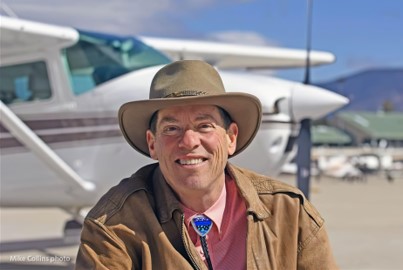 Greg Brown
Greg Brown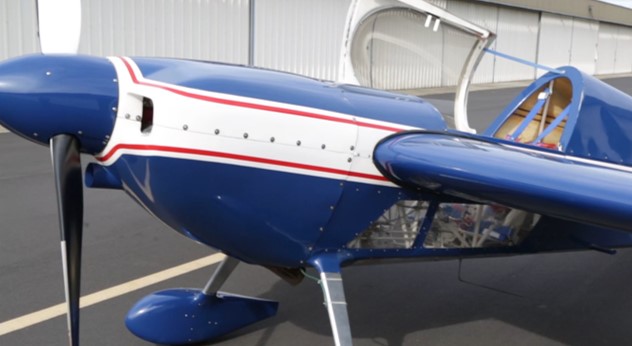 I had already called the Livermore tower to warn them. My coach was on frequency with a handheld radio. All that was left was to strap on my parachute and climb into the tiny cockpit. Wrestling with the five-point harness, I wondered, “What the hell am I doing?” Once the engine roared to life, I was pure focus.
I had already called the Livermore tower to warn them. My coach was on frequency with a handheld radio. All that was left was to strap on my parachute and climb into the tiny cockpit. Wrestling with the five-point harness, I wondered, “What the hell am I doing?” Once the engine roared to life, I was pure focus.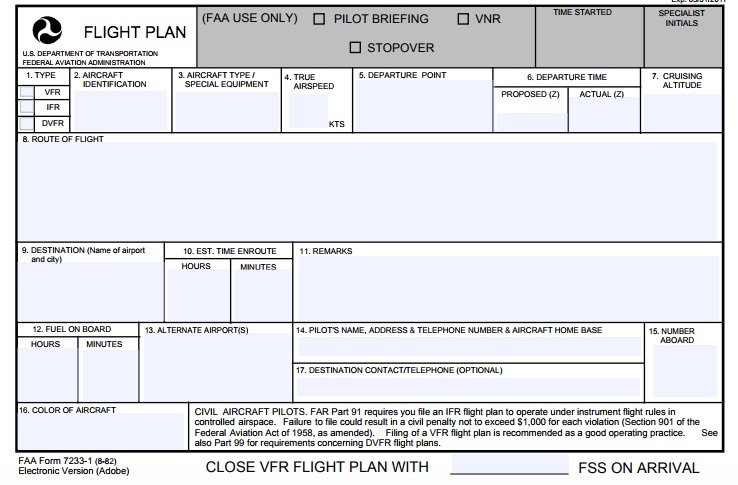
 I always enjoy the month of January, as it provides an opportunity to reflect and learn from the past and begin with a fresh start. This month also provides flight instructors with an opportunity to perform a self-evaluation and to look for ways to improve their skills and abilities. During my USAF career flying the HH-60G, I had the opportunity to attend and graduate from the Weapons Instructor Course (WIC). This nearly 6-month program expands instructor skill sets that come from many different USAF aircraft and mission support backgrounds. As part of their culture, they infuse a few core concepts into their graduates: learning about their aircraft, learning about themselves and making those around them better. They also instill three unique character traits within the graduates: to be humble, approachable and credible. These traits can help every flight instructor to have a fun and prosperous 2022. Here are a few actions to consider as we get ready to take off into 2022.
I always enjoy the month of January, as it provides an opportunity to reflect and learn from the past and begin with a fresh start. This month also provides flight instructors with an opportunity to perform a self-evaluation and to look for ways to improve their skills and abilities. During my USAF career flying the HH-60G, I had the opportunity to attend and graduate from the Weapons Instructor Course (WIC). This nearly 6-month program expands instructor skill sets that come from many different USAF aircraft and mission support backgrounds. As part of their culture, they infuse a few core concepts into their graduates: learning about their aircraft, learning about themselves and making those around them better. They also instill three unique character traits within the graduates: to be humble, approachable and credible. These traits can help every flight instructor to have a fun and prosperous 2022. Here are a few actions to consider as we get ready to take off into 2022. My student owns a beautiful 1965 Beechcraft Debonair and had experienced an alternator failure during flight one afternoon and had to manually hand crank the landing gear down and executed a safe landing at an airport along his cross-country route. It made me feel good as a flight instructor to know that some of the things that we train and prepare our students for had actually paid off.
My student owns a beautiful 1965 Beechcraft Debonair and had experienced an alternator failure during flight one afternoon and had to manually hand crank the landing gear down and executed a safe landing at an airport along his cross-country route. It made me feel good as a flight instructor to know that some of the things that we train and prepare our students for had actually paid off. When I dine at a restaurant, I expect great service. Things can go wrong, but anyone can have an off day and make a mistake. If humans were perfect, just imagine how boring sports would be. Some customers tip based on how perfect the wait staff was; but it is more reasonable and fair to base the amount of the tip on how well the server makes up for what went wrong. Errors or mishaps provide an opportunity to prove (or improve) oneself.
When I dine at a restaurant, I expect great service. Things can go wrong, but anyone can have an off day and make a mistake. If humans were perfect, just imagine how boring sports would be. Some customers tip based on how perfect the wait staff was; but it is more reasonable and fair to base the amount of the tip on how well the server makes up for what went wrong. Errors or mishaps provide an opportunity to prove (or improve) oneself.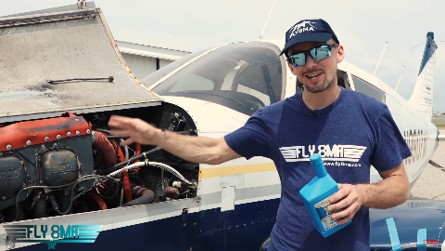 However, this was not our experience. At least, not nearly as soon as we expected. After “losing oil pressure” in our (not airworthy) Cherokee, we managed with a bit of manipulation to the throttle and mixture to keep the engine running for nearly eighteen minutes. While the oil completely drained from the engine in under 10 seconds (simulating an oil cooler line failure); we had several minutes where the engine was still able to produce full power and would technically be able to climb, and several more after that where we would have had enough power for cruise.
However, this was not our experience. At least, not nearly as soon as we expected. After “losing oil pressure” in our (not airworthy) Cherokee, we managed with a bit of manipulation to the throttle and mixture to keep the engine running for nearly eighteen minutes. While the oil completely drained from the engine in under 10 seconds (simulating an oil cooler line failure); we had several minutes where the engine was still able to produce full power and would technically be able to climb, and several more after that where we would have had enough power for cruise. Lucky for us, there are plenty of financing options available such as grants, federal loans, private loans, military service, and scholarships.
Lucky for us, there are plenty of financing options available such as grants, federal loans, private loans, military service, and scholarships.  The single greatest thing holding you back from being a total rockstar flight instructor is likely something you’ve heard before but not yet ‘heard’.
The single greatest thing holding you back from being a total rockstar flight instructor is likely something you’ve heard before but not yet ‘heard’.  It has happened more than once that an inexperienced student pilot has accepted a runway with a tailwind that ended up being beyond their piloting abilities, or has accepted a LAHSO clearance that they really were not comfortable with.
It has happened more than once that an inexperienced student pilot has accepted a runway with a tailwind that ended up being beyond their piloting abilities, or has accepted a LAHSO clearance that they really were not comfortable with.  How well do we ACTUALLY know the examiners we’re sending our fledgling flyers to? Can we not just work within their busy schedules, but also understand/anticipate their needs and requirements? How do we meet each other as professional individuals out to accomplish mutual goals albeit through different procedural lenses? Do we know the examiner's priorities? Finally, how do we as flight instructors consciously extend our reach to meet new DPEs and expand our own horizons? It is only through establishing personal relationships that both parties can begin to answer these questions, but this takes time, effort, and primarily starts with the efforts of the instructor themselves.
How well do we ACTUALLY know the examiners we’re sending our fledgling flyers to? Can we not just work within their busy schedules, but also understand/anticipate their needs and requirements? How do we meet each other as professional individuals out to accomplish mutual goals albeit through different procedural lenses? Do we know the examiner's priorities? Finally, how do we as flight instructors consciously extend our reach to meet new DPEs and expand our own horizons? It is only through establishing personal relationships that both parties can begin to answer these questions, but this takes time, effort, and primarily starts with the efforts of the instructor themselves. We’ve all heard the phase – “They were born to fly!” and perhaps that’s true of many, well likely, most pilots. But there is a difference, some pilots indeed have an instinct, or natural talent, for flight..
We’ve all heard the phase – “They were born to fly!” and perhaps that’s true of many, well likely, most pilots. But there is a difference, some pilots indeed have an instinct, or natural talent, for flight.. Risks in aviation are much greater and pilots must realize that there are risks involved with every flight. The
Risks in aviation are much greater and pilots must realize that there are risks involved with every flight. The 


